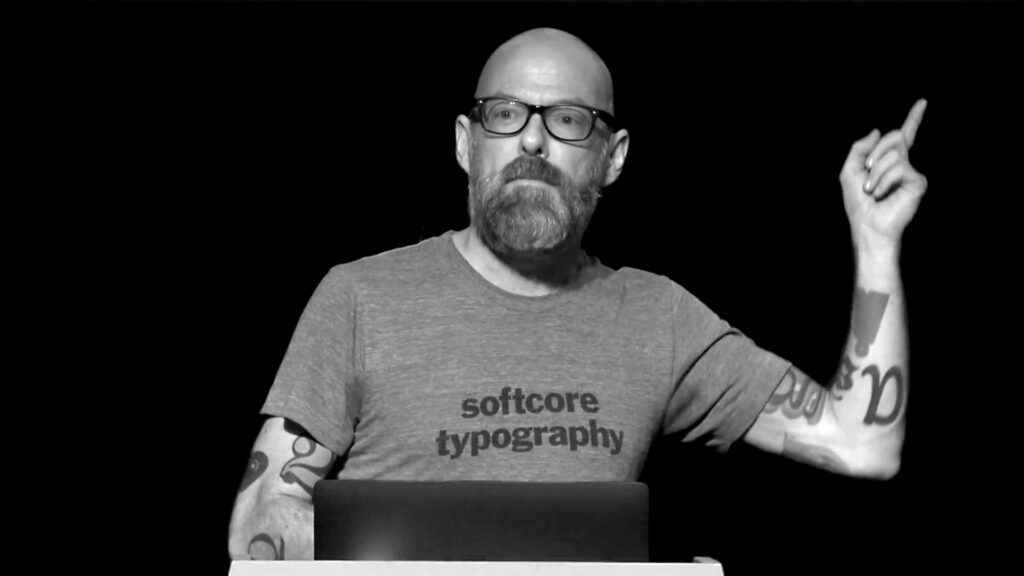
During the second half of the twentieth century, the United States moved toward greater social acceptance of LGBT people, due to the cumulative efforts of numerous groups engaged in social and political activism. One of the many challenges facing any attempt to bring together a community of gay people was the difficulty of producing and distributing any books or periodicals with overtly gay content, which was under threat of various methods of censorship. However, even as legal hurdles fell away, social censure remained an ongoing challenge to gay communities and the publications targeted to them.
During that same period, the graphic arts industry experienced its own rapid evolution, as the development of ever faster and cheaper means of typesetting and printing made a greater variety of typographic choices available with fewer barriers to their use and reproduction. Typewriters, phototypesetting systems, rub-down type, and eventually desktop publishing software provided an increasing number of ways to easily prepare text for layout and reproduction, with less and less formal training required to do so.
Continue reading “Hot type in the cold type era”